Texas Institute of Dermatology Laser Tattoo Center is a Top Ranking Laser Tattoo Removal Facility in San Antonio
Laser Tattoo Removal: Tattoos have become more prevalent and more colorful than ever before. Simple two-tone designs have been replaced with intricate, multi-hued art. Yet, an increasing number of people want these embellishments removed.
Why Get Your Tattoo Removed with Us ?
At the Texas Institute of Dermatology, we want you to have an excellent result with laser tattoo removal and to feel that your needs and concerns about tattoo removal have been promptly addressed in a caring and sensitive fashion.
In our San Antonio office, We offer three state-of-the art lasers for successful Laser Tattoo Removal in addition to the surgical removal of a tattoo by a Dermatologist.
Our state-of-the art lasers hit the ink particles with minimal damage to the surrounding tissue. Therefore, when treating tattoo ink, our laser offers less scarring, less complications, and faster results. All procedures are performed or closely supervised by Dr. Ghohestani, our world renowned Dermatologist. We use a numbing cream, and if necessary, lidocaine injection in order to offer you a pain-free procedure with an excellent outcome.
A successful tattoo removal consists of selective removal of each tattoo pigment with minimal risk of scarring. Nonspecific methods, including RF tattoo removal, have a high incidence of scarring, textural, and pigmentary alterations as compared to Q-switched lasers. New advances in Q-switched technology have helped to reduce the risk of scarring. Tattoos are classified into five general groups: amateur (require less treatment), professional (can be multi-colored), cosmetic (i.e. permanent eye-liner), medicinal, and traumatic.
The classification of tattoo as well as its location and age will affect the time necessary and possibility of complete removal. When you come in to the office, Dr. Ghohestani will evaluate your condition and determine the laser’s setting based on the type and color of your tattoo, the location, and your skin type.
Do Different Colors Need Different Lasers ?
Dr. Ghohestani has developed an innovative way to effectively treat colorful tattoos with minimal discomfort. Using additional Two Dye™ hand pieces on our Laser platform, we are able to meet or even exceed your tattoo removal expectations. With the 532 nm setting, these dye-impregnated hand pieces can be used to treat almost any red tattoo. Offered in two wavelengths, the 650 nm handpiece can be used to remove various green inks, while the 585 nm hand piece is highly effective in treating sky blue ink. The 1064 nm is an ideal hand piece for the black tattoos. With the addition of the Dye hand
pieces, our unique Laser platform offers four wavelengths in one laser that can treat any tattoo.
At the Texas Institute of Dermatology, we avoid using Q-switched Alex or Ruby lasers as they have been associated with greater complications with treatment. The Q-switched Ruby laser is most closely associated with textural change, scarring, and pigment alteration. 50% of patients treated with Q-Switched Alexandrite lasers report hypopigmentation (loss of color) as a result of treatment and 12% of patients treated with the Q-Switched Alexandrite laser report textural changes from treatment.
By contrast, hyperpigmentation and textural changes are rarely seen with the Q-switched Nd:YAG laser and the incidence of hypopigmentary changes is much lower than with the ruby laser. The development of localized and generalized allergic reactions is an unusual complication following tattoo removal. Sometimes, Dr. Ghohestani will prescribe you a topical corticosteroid ointment to decrease the chance of an allergic reaction. Since many wavelengths are needed to treat multicolored tattoos, not one laser system can be used alone to remove all the available inks and combination of inks.
While laser tattoo removal is not perfect, we have come a long way since the advent of Q-switched lasers. Current research is focusing on newer picosecond lasers, which may be more successful than the Q-switched lasers in the removal of the new vibrant tattoo links.
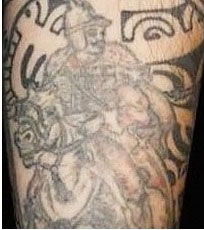
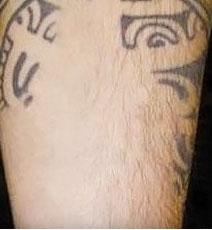
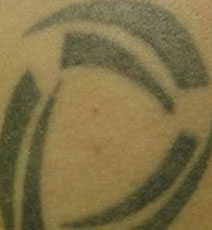

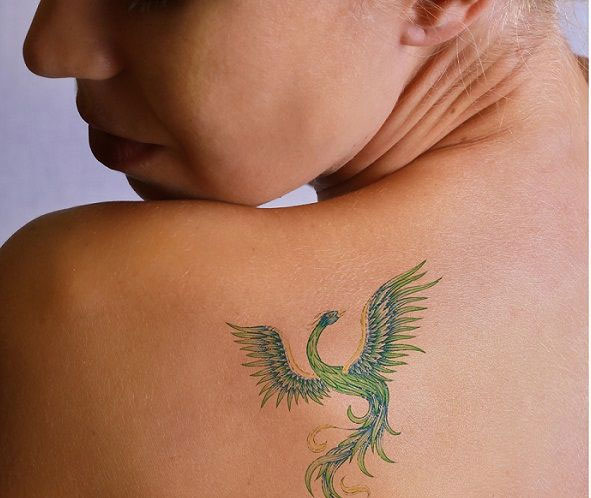
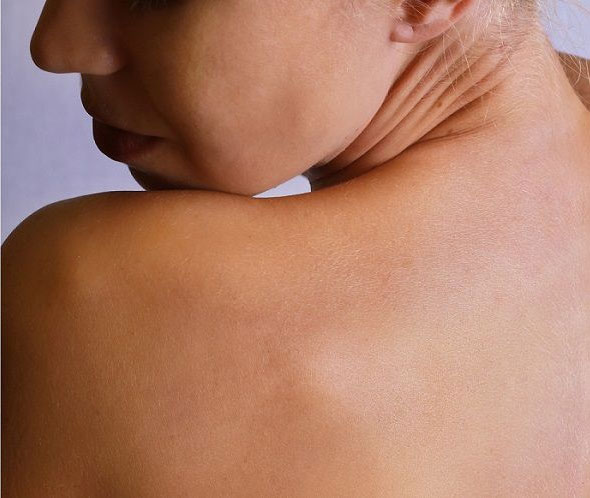
How Can A Laser Remove a Tattoo ?
Laser light targets and breaks up the ink particles, allowing the body to clear the broken particles over a period of weeks to months. Researchers have confirmed that laser tattoo removal with a Q-switched laser is photoacoustic in nature.This means that if the pulse length of the laser is short enough, acoustic waves can exceed the strength of the ink thereby breaking it up for the body to clear. The strength of these acoustic waves depends on the length and intensity of the laser light used. With certain ink particles (tan in particular), heat is generated.
While the melting point of the ink is never reached, the heat generated can be uncomfortable and even produce cavitation bubbles around the treated area. For this reason Dr. Ghohestani, or a trained member of his staff, will provide a consultation regarding the best treatment options that will help to remove the tattoo with the least amount of discomfort.

At the Texas Institute of Dermatology, our renowned dermatologists have years of experience in injecting various fillers including the recent ones such as Juvederm Voluma XC or Radiesse.
Our goal is that you have an excellent outcome and to feel that your needs and concerns have been promptly addressed in a caring and sensitive fashion. We strive diligently to ensure your satisfaction, comfort, privacy, and safety. All treatments are supervised or performed by Dr. Ghohestani, a former chief of Dermatology at UT San Antonio with many years of successful experience in a large variety of procedures. Many treatment modalities are available, and we can recommend the one or two that are most likely to meet your needs;
we’re here to meet your needs and help you realize your aspirations. At our clinic in San Antonio, Texas, we serve communities throughout Bexar and Kendall counties, including San Antonio, Boerne, Leon Springs, Fair Oaks Ranch, Canyon Lake city; many of our patients also come from San Marcos, New Braunfels, Kerrville, Austin, Wimberley and Corpus Christi.

For an appointment, call 210-698-6777
Stone Oak Clinic: 238 North Loop 1604 E, Suite 208, San Antonio , TX 78232
Leon Springs CLinic: 24165 W IH-10, Suite 102, San Antonio, TX 78257
